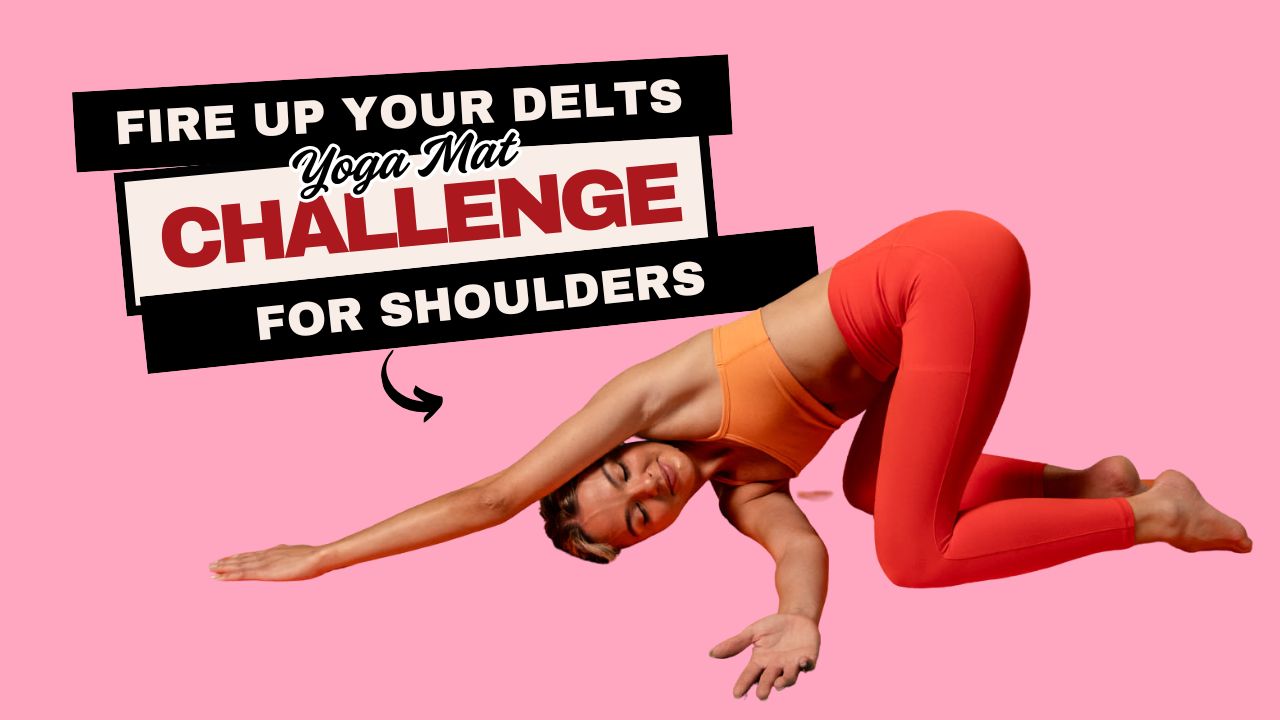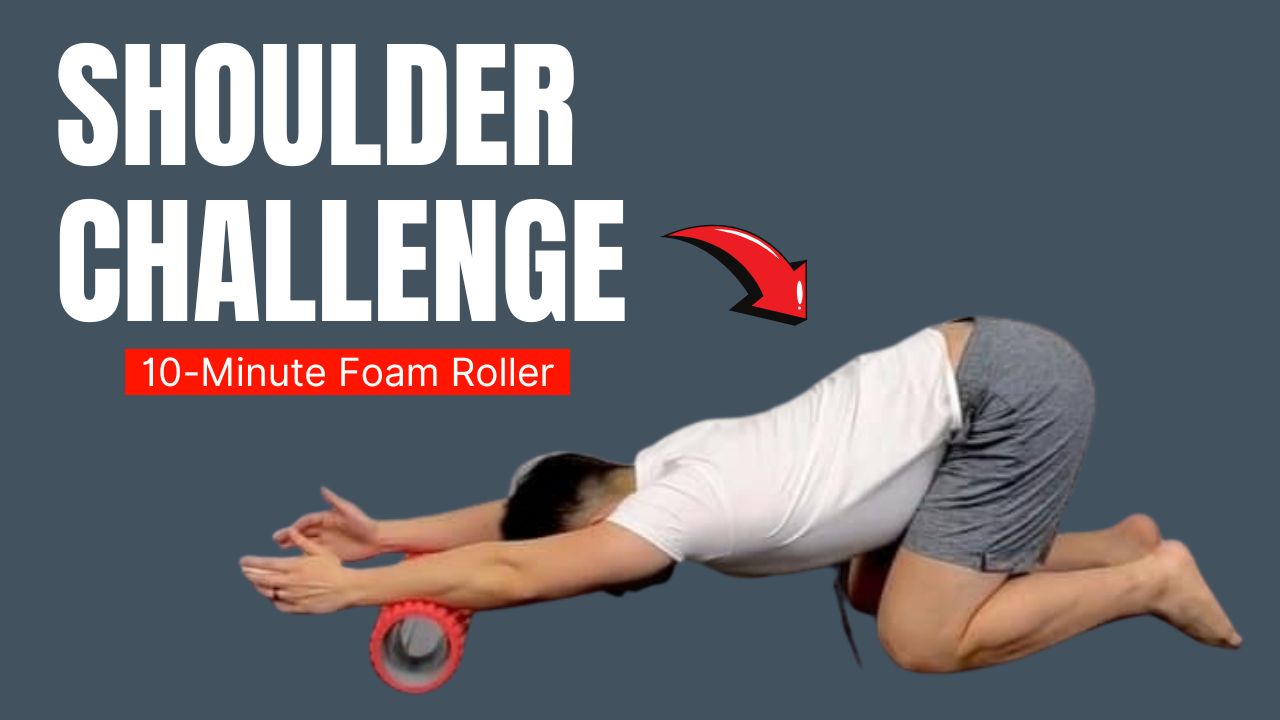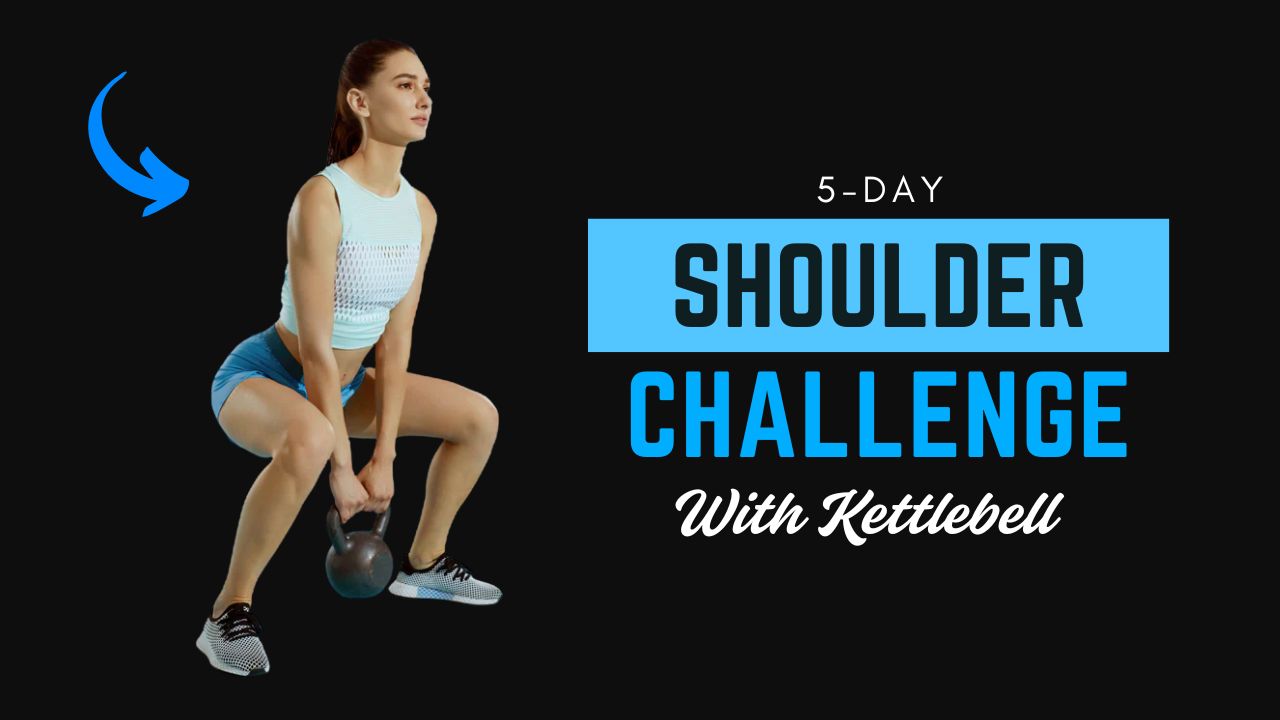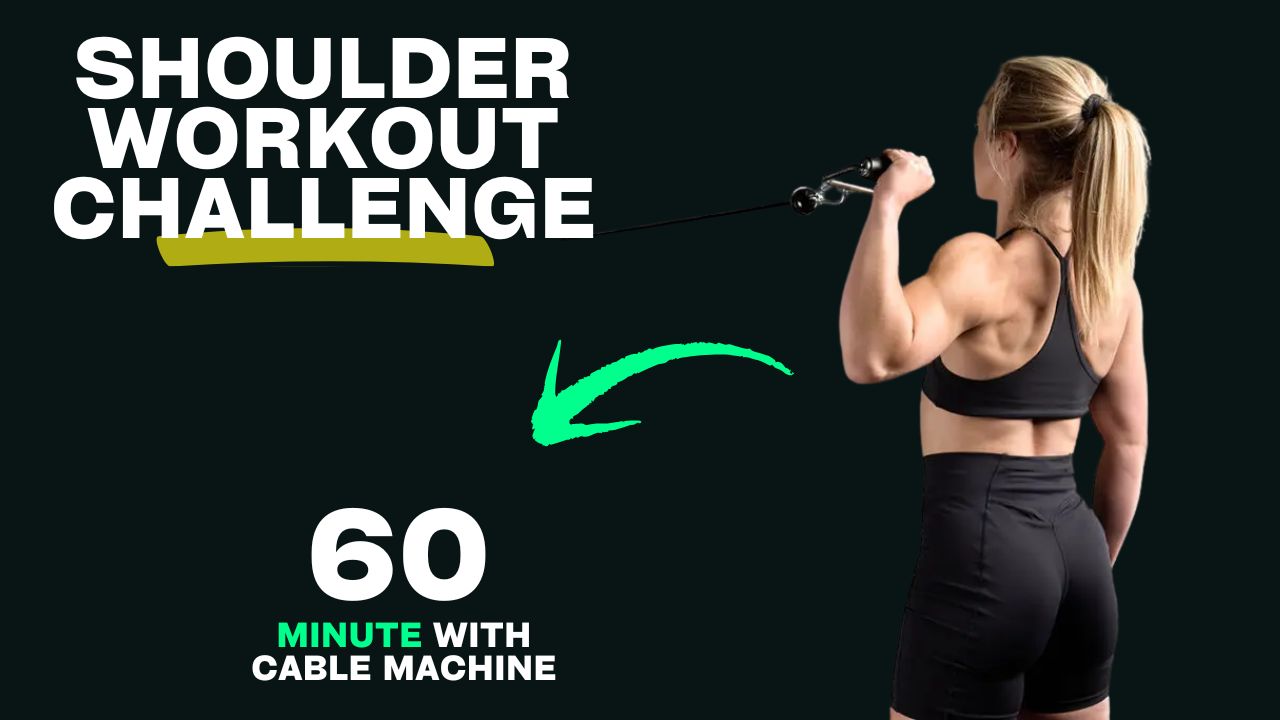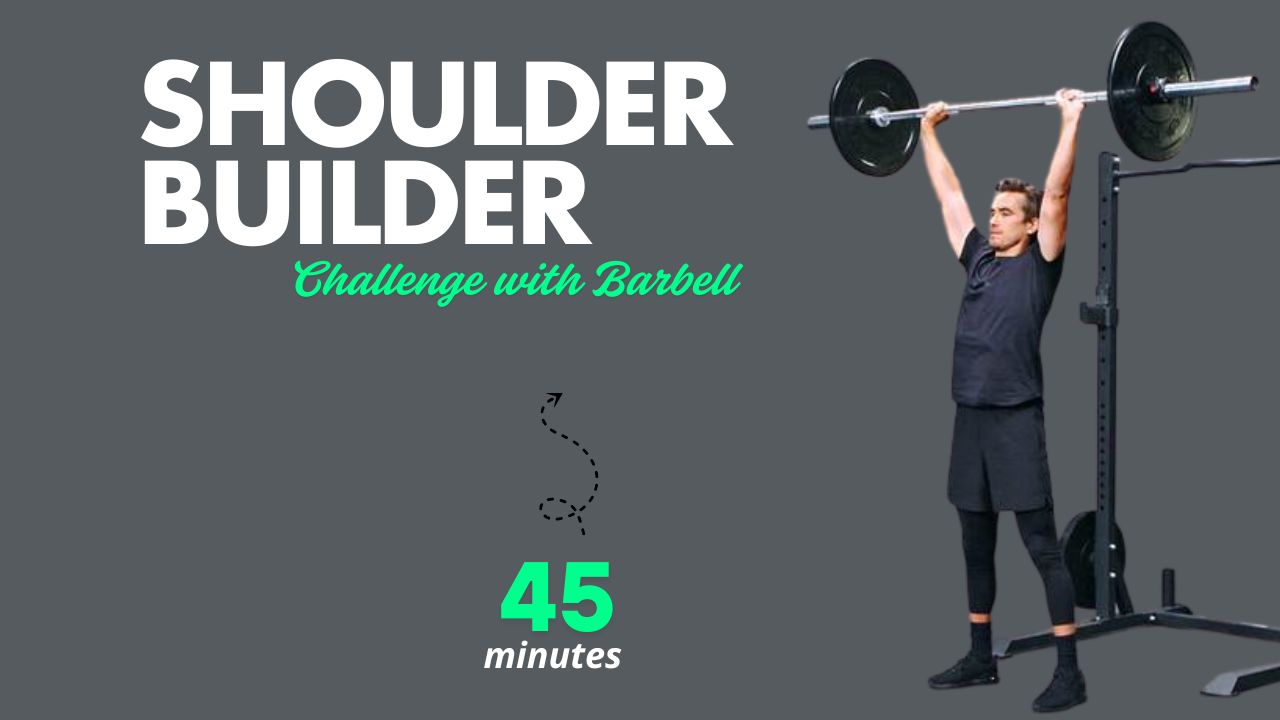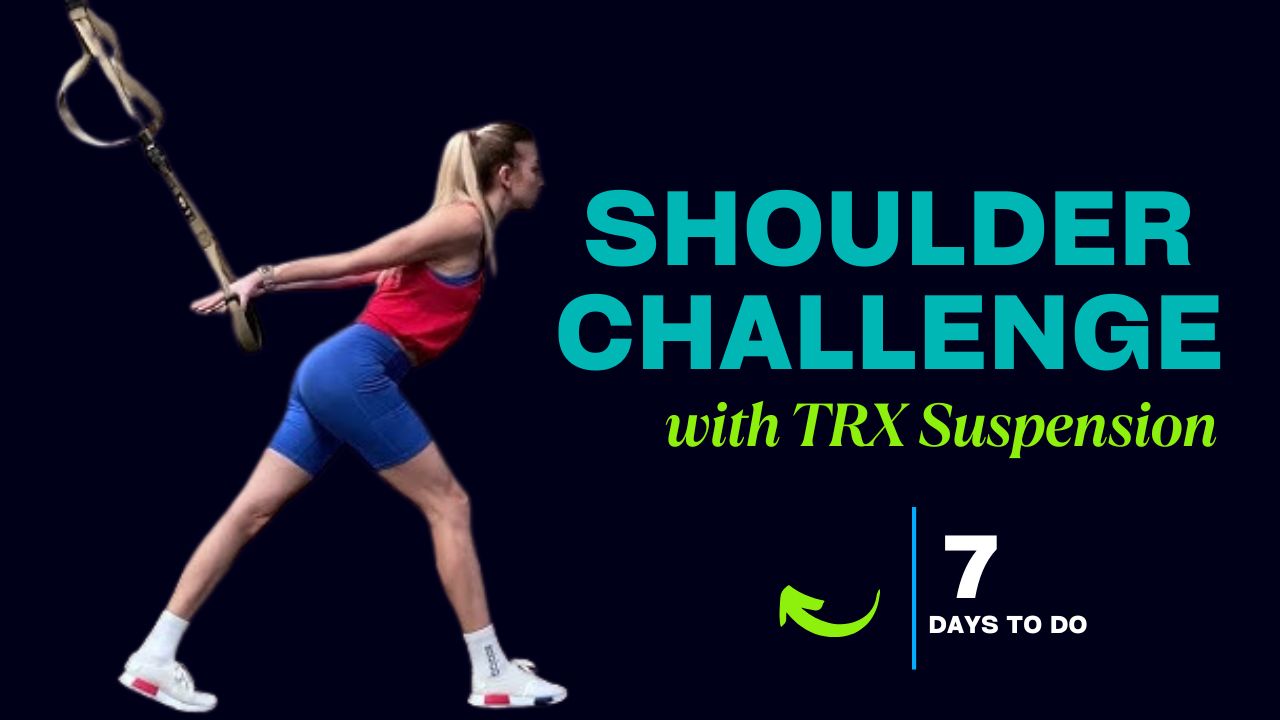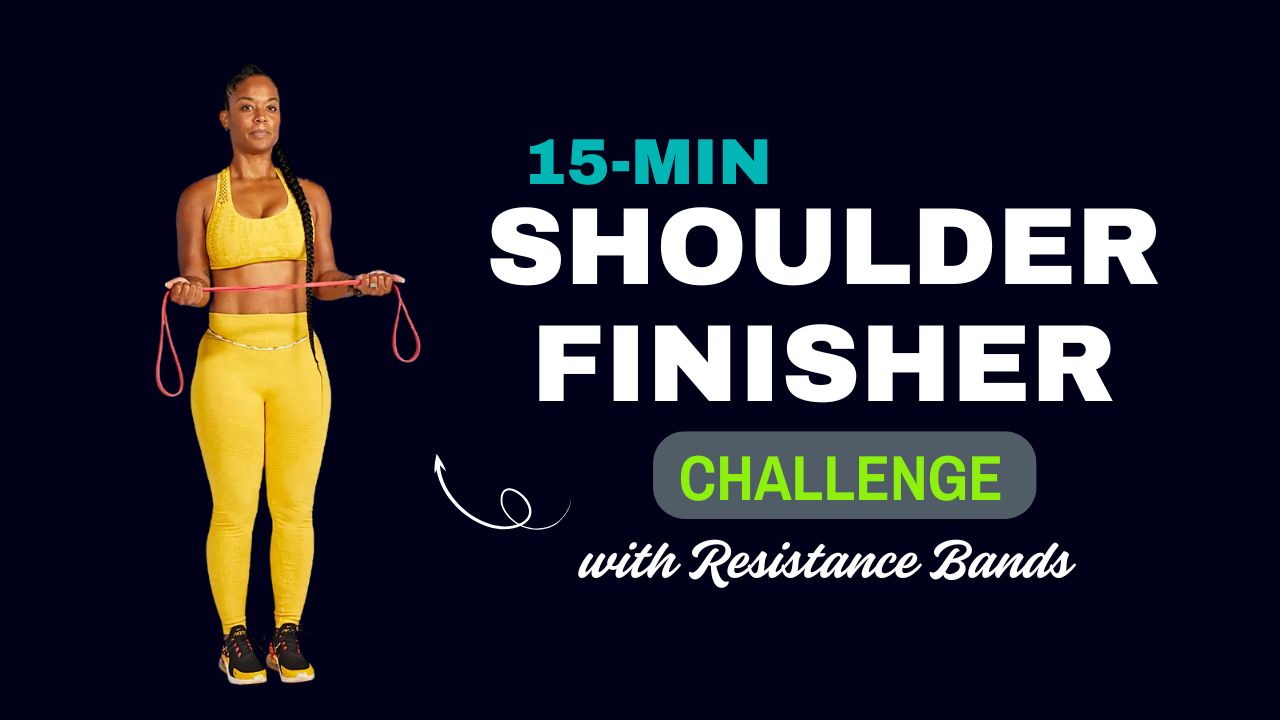If you think the pull-up bar is just for biceps and lats, think again. This simple piece of equipment can sculpt your entire back, strengthen your core, and enhance functional fitness for real-life movements.
A strong back isn’t just about aesthetics — it’s your body’s structural powerhouse. It supports your posture, protects your spine, and improves athletic performance in sports, workouts, and daily tasks.
Did You Know?
Weak back muscles are one of the leading causes of poor posture and chronic shoulder discomfort — even in people who exercise regularly.
In this 30-day back challenge, we’ll use the pull-up bar to progressively strengthen your back with targeted exercises, varied grips, and functional movement patterns.
By the end, you’ll notice visible muscle definition, better posture, and enhanced pulling strength.

Table of Contents
Why Train Your Back with a Pull-Up Bar?
The pull-up bar is one of the most effective tools for back training because it allows compound pulling movements that engage multiple muscles simultaneously, including the latissimus dorsi, rhomboids, trapezius, rear deltoids, and erector spinae.
Benefits of Pull-Up Bar Back Training:
- Improved posture by strengthening spinal stabilizers
- Better shoulder health through balanced pulling and pushing strength
- Increased grip strength, crucial for lifting and functional tasks
- Core activation with every rep
- No expensive equipment needed — just your bodyweight and a sturdy bar
Results You May See After 30 Days
| Positive Changes | Possible Challenges |
|---|---|
| Noticeable improvement in back strength and pulling power. | Initial soreness in shoulders, arms, and back during the first week. |
| Better posture from stronger lats, traps, and spinal stabilizers. | Grip fatigue or forearm strain if rest and recovery are ignored. |
| Increased muscle definition in the upper and mid-back. | Difficulty maintaining consistent form if rushing progress. |
| Enhanced core stability from engaging abs during each pull. | Plateaus in reps or strength if progression is not applied. |
| Improved grip strength, aiding in other lifts and daily tasks. | Potential overuse injury if proper rest days are skipped. |
| Greater functional fitness for sports, lifting, and daily activities. | Minor hand blisters or calluses from frequent bar use. |
Do’s and Don’ts for the 30-Day Pull-Up Bar Back Challenge
| Do’s | Don’ts |
|---|---|
| Warm up your shoulders and back before every session. | Skip warm-ups and jump straight into intense sets. |
| Use full range of motion for maximum muscle engagement. | Rely on half-reps or swinging to complete the movement. |
| Engage your core during every pull-up to protect your spine. | Let your lower body swing or arch excessively. |
| Progress gradually by adding reps, sets, or difficulty. | Try advanced variations before mastering basic pull-ups. |
| Rest for 60–90 seconds between sets for recovery. | Rush through sets without proper rest. |
| Focus on controlled, slow movements both up and down. | Drop quickly from the top without controlling the descent. |
| Maintain proper grip and hand positioning to prevent injury. | Grip the bar too tightly or place hands unevenly. |
| Include rest days to allow muscle recovery. | Train the same muscles daily without recovery time. |
| Track your reps and sets to monitor progress. | Train without keeping track of improvements. |
| Listen to your body and stop if you feel pain (beyond normal muscle fatigue). | Push through sharp or unusual pain, risking injury. |
The Exercises – Description + How-To
We’ll use 8 key pull-up bar variations to hit your back from multiple angles. For each, you’ll find:
- Description – What the exercise is and why it works
- How to – Step-by-step execution
1. Standard Pull-Up
Description:
The classic pull-up builds the lats, upper back, and biceps. It’s the foundation of back strength and the base exercise for this challenge.
How to:
- Grip the bar slightly wider than shoulder-width, palms facing away from you.
- Hang with arms fully extended, core engaged.
- Pull your chest toward the bar by driving your elbows down and back.
- Pause at the top, then lower slowly to the starting position.
2. Chin-Up
Description:
A close-grip underhand variation that targets the lats, biceps, and lower traps, making it slightly easier than pull-ups for beginners.
How to:
- Grip the bar shoulder-width with palms facing you.
- Hang with arms straight and shoulders relaxed.
- Pull yourself up until your chin clears the bar.
- Lower slowly to full extension.
3. Neutral-Grip Pull-Up
Description:
With palms facing each other, this variation is gentler on the shoulders while still heavily engaging the lats and middle back.
How to:
- Use a pull-up bar with parallel handles (or a neutral-grip attachment).
- Hang with a neutral grip, arms straight.
- Pull up until your chin reaches bar level.
- Lower under control.
4. Commando Pull-Up
Description:
A core-intensive variation where you grip the bar with hands close together, body turned sideways. It works the lats, obliques, and forearms.
How to:
- Grip the bar with hands close together, one in front of the other.
- Hang sideways to the bar.
- Pull up so your head passes to one side of the bar.
- Lower and alternate sides each rep.
5. Archer Pull-Up
Description:
This advanced movement builds unilateral pulling strength and prepares you for one-arm pull-ups.
How to:
- Grip the bar wide, palms away.
- Pull your body toward one hand while the opposite arm stays straight.
- Lower and repeat to the other side.
6. L-Sit Pull-Up
Description:
Combines a pull-up with an isometric core hold, challenging your hip flexors, abs, and back.
How to:
- Grip the bar shoulder-width, palms away.
- Lift legs in front of you to form an “L” with your body.
- Perform a pull-up while keeping legs parallel to the floor.
7. Hanging Scapular Retraction
Description:
An essential movement for posture and shoulder stability, strengthening the lower traps and rhomboids without bending the arms.
How to:
- Hang from the bar with arms straight.
- Without bending elbows, pull your shoulder blades down and together.
- Hold briefly, then relax.
8. Hanging Inverted Row (with bar set low)
Description:
A horizontal pulling movement that builds the mid-back and rear shoulders.
How to:
- Set a pull-up bar low or use a Smith machine bar.
- Lie under the bar, grab it with an overhand grip.
- Keep your body straight, pull chest toward the bar.
- Lower slowly.
Myths About Pull-Up Bar Training
- Myth 1: “Pull-ups only work your arms.”
Reality: Your back does most of the pulling; arms are secondary. - Myth 2: “You need heavy weights for a strong back.”
Reality: Bodyweight resistance, when progressed, can match or surpass many weighted exercises. - Myth 3: “Pull-ups are bad for your shoulders.”
Reality: Poor form causes injury, not the exercise itself. Proper scapular movement protects the shoulders.
Tips for Success in the 30-Day Challenge
- Warm up before each session with arm circles, band pull-aparts, and light hangs.
- Use full range of motion for best results.
- Focus on controlled movements, avoiding jerks or kips (unless intentionally training kipping pull-ups).
- Progress by adding reps, sets, or advanced variations over the month.
The 30-Day Pull-Up Bar Back Challenge Routine
Duration: 30 Days
Frequency: 5 workout days per week (2 rest days)
Structure: Perform the listed exercises in order. Rest 60–90 seconds between sets.
| Day | Exercise | Sets | Reps | Notes |
|---|---|---|---|---|
| 1-5 | Standard Pull-Up | 3 | 5-8 | Focus on form |
| 1-5 | Hanging Scapular Retraction | 3 | 8-10 | Warm-up for shoulders |
| 6-10 | Chin-Up | 3 | 6-10 | Add reps if possible |
| 6-10 | Neutral-Grip Pull-Up | 3 | 6-8 | Keep elbows tucked |
| 11-15 | L-Sit Pull-Up | 3 | 4-6 | Engage core fully |
| 11-15 | Commando Pull-Up | 3 | 5 each side | Alternate sides |
| 16-20 | Archer Pull-Up | 3 | 3-5 each side | Slow, controlled |
| 16-20 | Hanging Inverted Row | 3 | 8-12 | Maintain straight body |
| 21-25 | Mix all variations | 3 | 6-10 | Rotate grips each set |
| 26-30 | Max Rep Test Day | 4 | As many as possible | Track progress |
Final Thoughts
A strong back is more than muscle — it’s a foundation for functional movement, injury prevention, and total-body strength. This 30-day pull-up bar challenge is your blueprint for building a powerful, well-balanced back with nothing more than your bodyweight and commitment.
Did You Know? Many elite athletes consider the pull-up a better back-builder than any gym machine because it trains real-world pulling mechanics.
If you stick with this challenge, you’ll not only see muscle definition but also feel the difference every time you sit, stand, lift, or carry something heavy.
Frequently Asked Questions (FAQs)
Can beginners do this 30-day pull-up bar back challenge?
Yes. Beginners can start by using resistance bands for assistance or doing negative pull-ups (jump to the top position and lower slowly) until they build enough strength for full reps.
How long will it take to see results from this challenge?
Most participants notice strength improvements and better posture within 3–4 weeks, with visible muscle definition usually appearing after consistent training and proper nutrition.
What if I can’t do even one pull-up?
You can start with assisted pull-ups using a band, inverted rows, or hanging scapular retractions to build the necessary pulling strength.
Do I need any other equipment apart from the pull-up bar?
A sturdy pull-up bar is enough. However, resistance bands, chalk for grip, or a low bar for inverted rows can be helpful for variation.
How often should I rest during the challenge?
This program includes 2 rest days per week to allow for muscle recovery and growth. Overtraining can slow progress and increase the risk of injury.
Will this challenge help improve my posture?
Yes. Strengthening the lats, rhomboids, and traps helps pull your shoulders back and supports an upright posture.
Can women benefit from this challenge as much as men?
Absolutely. Pull-up bar training builds strength, muscle tone, and functional fitness for all genders without making you “bulky.”
Is it okay to combine this with other workouts?
Yes, but make sure not to overwork your back. Pairing this challenge with lower-body or cardio workouts is ideal, but avoid heavy pulling exercises on the same days.
How do I avoid hand blisters from pull-up bar training?
Use proper grip technique, keep your hands dry, and consider using workout gloves or chalk to reduce friction.
Can this challenge help with weight loss?
Yes, when paired with a calorie-controlled diet and other full-body training. Pull-up bar exercises burn calories and build muscle, which boosts metabolism.
